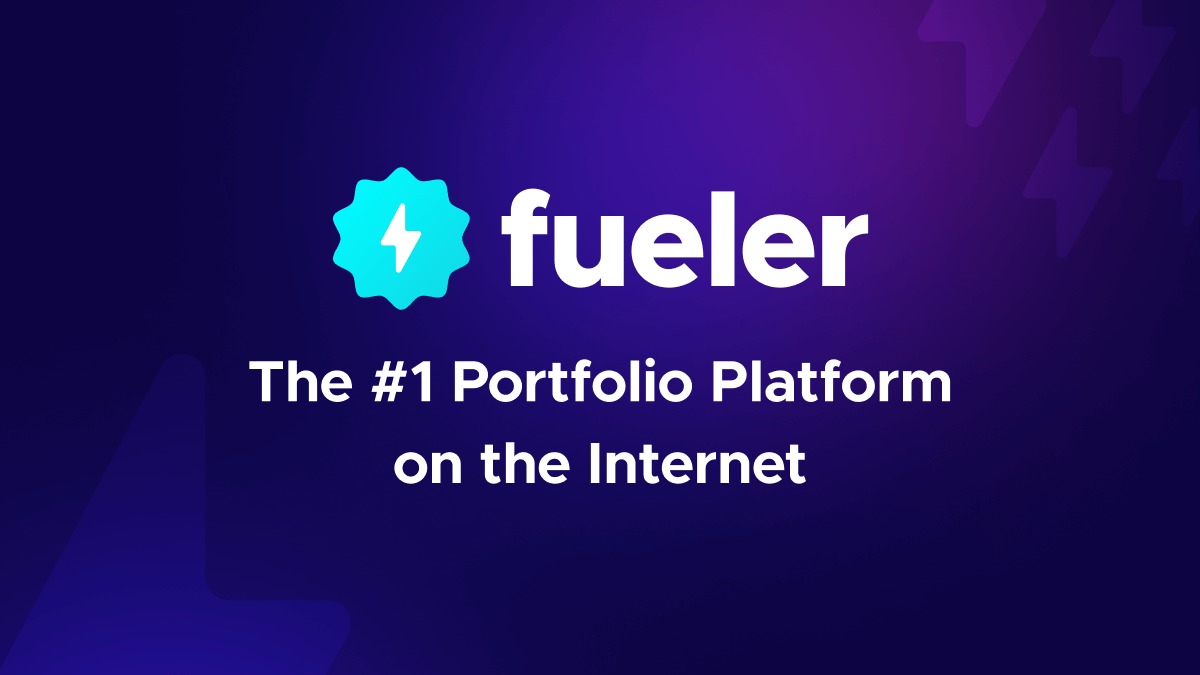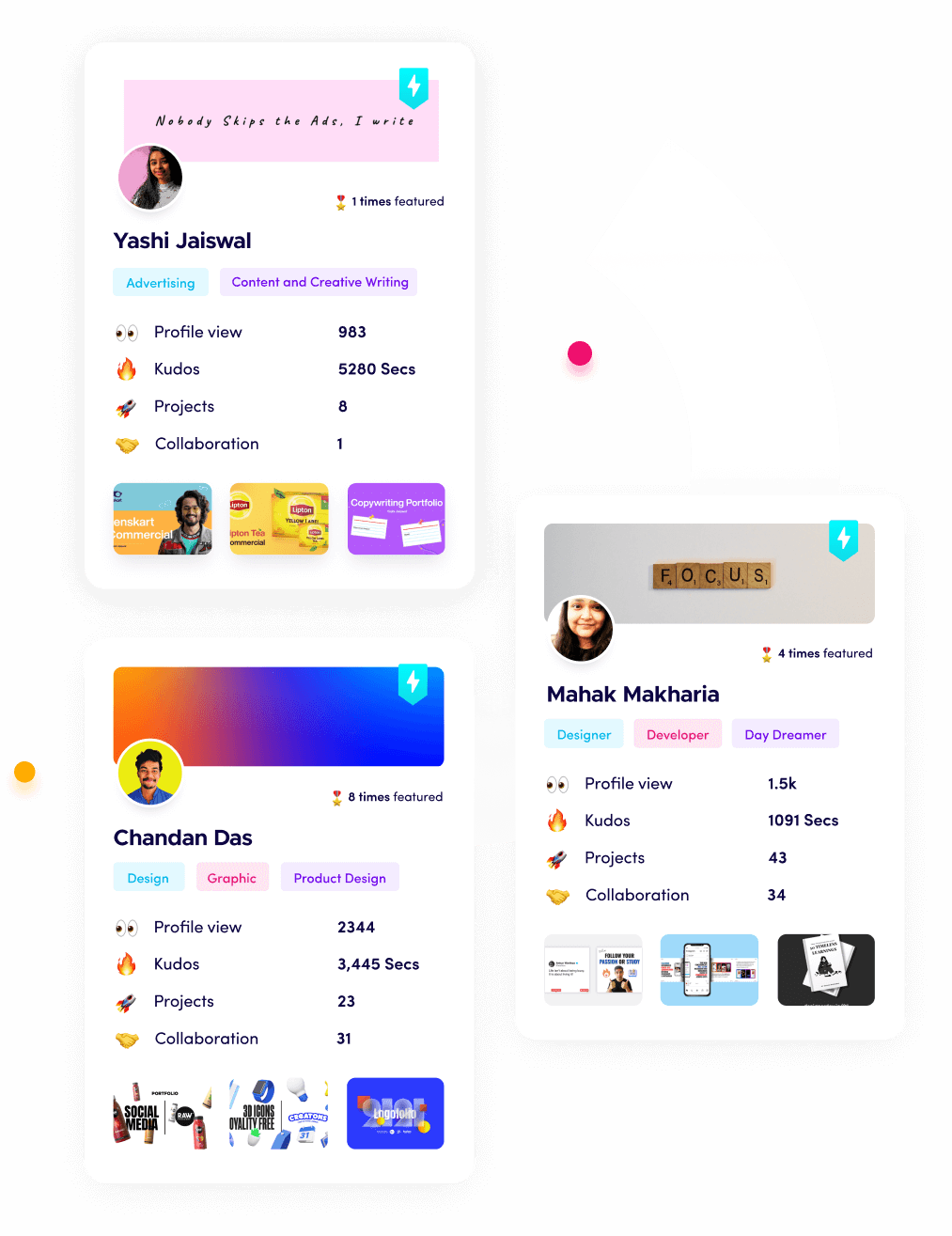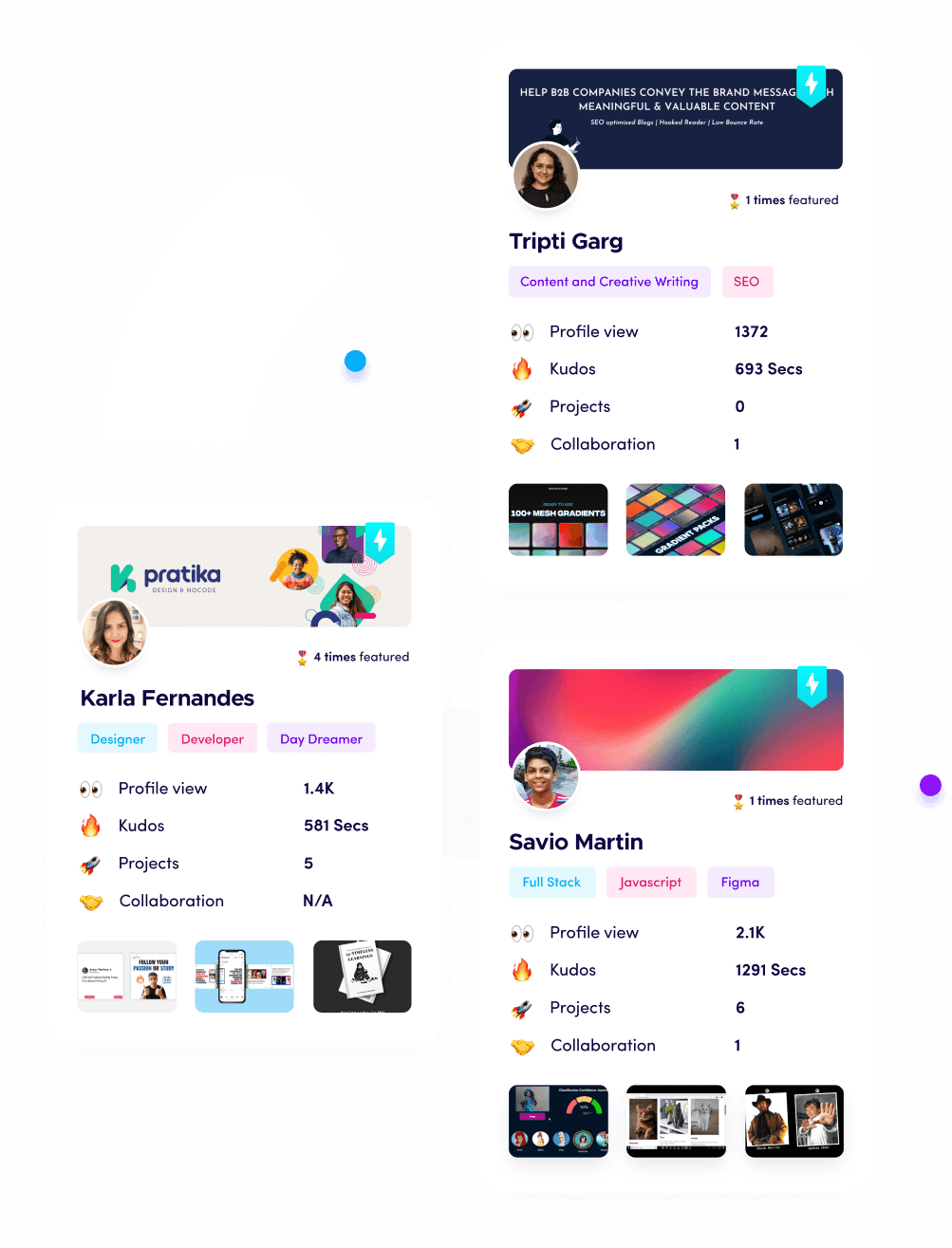Remote Portfolio Best Practices for US Employers

Riten Debnath
03 Jul, 2025

Hiring top remote talent in the US has become more challenging than ever. With more professionals working from anywhere, employers need smart strategies to evaluate candidates effectively. Reviewing remote portfolios is now a critical step in finding the best fit for your team. A strong portfolio reveals not just skills, but also a candidate’s ability to thrive in a remote environment. In this guide, I’ll share actionable best practices for US employers to assess remote portfolios and make confident hiring decisions.
I’m Riten, founder of Fueler—a platform that helps companies hire through assignment-based portfolios. In this article, I’ll show you the most up-to-date ways to review remote portfolios, spot real skills, and choose candidates who will succeed in your remote teams. Your hiring process is only as strong as your ability to judge a candidate’s work and adaptability. Let’s explore how you can make smarter, faster hiring decisions.
Look for Clarity and Structure
A well-organized portfolio is the first sign of a candidate’s professionalism and communication skills. When reviewing remote portfolios, clarity and structure matter even more because remote work relies on clear communication and self-management. A portfolio that is easy to navigate shows that the candidate can present information logically and work independently.
- The portfolio should have clear sections for skills, projects, and testimonials
- Navigation should be simple, with no clutter or confusing menus
- Each project should be labeled and described in detail
- Visuals and layouts should be consistent across the portfolio
Why it matters for “Remote Portfolio Best Practices for US Employers”:
A clear and structured portfolio makes it easier for US employers to quickly assess a candidate’s strengths and suitability for remote work, saving time and reducing hiring mistakes.
Focus on Relevant, Recent Work
The most valuable portfolios showcase recent projects that align with your company’s needs. Remote work evolves quickly, so it’s important to see that a candidate’s skills are current and relevant. Reviewing up-to-date work gives you a better sense of how the candidate will handle your real-world challenges.
- Look for projects completed in the last 2–3 years
- Prioritize work that matches your open roles or industry
- Check for detailed case studies with clear outcomes and metrics
- Ask for extra samples if you need more context
Why it matters for “Remote Portfolio Best Practices for US Employers”:
Focusing on recent, relevant work helps US employers predict how well a candidate will perform in your remote environment, ensuring you hire talent that meets today’s standards.
Assess Remote Work Skills
Remote roles require more than just technical ability. The best candidates show they can manage their time, communicate effectively, and collaborate virtually. Look for evidence of these skills in every portfolio you review.
- Check for examples of remote collaboration and digital communication
- Look for mentions of remote tools like Slack, Zoom, or Asana
- Notice how candidates describe their approach to remote work
- Review any remote-specific certifications or training
Why it matters for “Remote Portfolio Best Practices for US Employers”:
Assessing remote work skills helps US employers identify candidates who can excel in distributed teams, reducing the risk of miscommunication and productivity issues.
Value Testimonials and Social Proof
Testimonials from previous managers or clients, especially those based in the US, add credibility to a candidate’s portfolio. Social proof shows that others trust the candidate’s work and reliability, which is crucial for remote roles where direct supervision is limited.
- Look for LinkedIn recommendations or direct quotes in the portfolio
- Prioritize feedback that highlights remote collaboration and communication
- Check for endorsements from US-based clients or teams
- Place extra value on testimonials that mention problem-solving or adaptability
Why it matters for “Remote Portfolio Best Practices for US Employers”:
Testimonials and social proof give US employers confidence in a candidate’s ability to deliver results in a remote setting, making the hiring process more reliable.
Prioritize Assignment-Based Portfolios
The best way to assess real skills is through assignment-based portfolios. These portfolios include work samples created in response to real or simulated tasks, giving you a clear view of how a candidate thinks and solves problems—especially under remote conditions.
- Use platforms like Fueler to invite candidates to complete short assignments
- Review how candidates approach the assignment and communicate progress
- Compare assignment outcomes across multiple candidates
- Look for creativity, clarity, and attention to detail in the results
Why it matters for “Remote Portfolio Best Practices for US Employers”:
Assignment-based portfolios allow US employers to evaluate candidates based on real-world performance, leading to better hiring decisions and stronger remote teams.
Check for Continuous Learning and Updates
Remote work is always changing, so the best candidates show a commitment to ongoing learning. A portfolio that’s regularly updated with new skills, certifications, and projects signals that the candidate is proactive and adaptable.
- Look for evidence of recent courses, certifications, or workshops
- Check for new projects added in the last few months
- Notice if the candidate mentions industry trends or new technologies
- See if the portfolio design has been refreshed recently
Why it matters for “Remote Portfolio Best Practices for US Employers”:
Continuous learning and regular updates show US employers that a candidate is engaged and ready to adapt to new challenges in remote work environments.
Make Contact and Feedback Easy
A great remote portfolio should make it simple for employers to reach out and provide feedback. Easy communication is essential for remote hiring, as it sets the tone for future collaboration.
- Ensure the candidate lists clear contact information (email, LinkedIn, etc.)
- Look for a contact form or scheduling link for interviews
- Notice if the candidate responds promptly to messages or requests
- Check for a feedback section or testimonials request
Why it matters for “Remote Portfolio Best Practices for US Employers”:
Easy contact and feedback options help US employers connect with top candidates quickly, speeding up the hiring process and improving candidate experience.
How Fueler Supports Remote Portfolio Excellence
Fueler is built for the future of remote hiring. Our platform lets employers assess candidates through real assignments, not just static portfolios. With Fueler, you can invite candidates to complete tasks, compare their work side by side, and make data-driven hiring decisions. This approach helps US employers find talent that truly fits their remote culture.
- Assignment-based portfolio creation for real skill assessment
- Easy-to-use templates for all industries and roles
- Built-in tools for collecting feedback and testimonials
- Streamlined communication with candidates
Why it matters for “Remote Portfolio Best Practices for US Employers”:
Fueler empowers US employers to hire smarter by providing deeper insights into candidates’ remote skills and work habits, leading to stronger, more effective remote teams.
Final Thought
Remote hiring in the US demands a new approach to portfolio review. By focusing on clarity, relevance, remote skills, and assignment-based work, you can identify candidates who will excel in your distributed teams. Use these best practices to make your hiring process faster, more reliable, and better suited for the future of work.
FAQs: Remote Portfolio Best Practices for US Employers
1. What should US employers look for in a remote portfolio?
Focus on clear organization, recent relevant work, remote skills, and testimonials. Assignment-based samples provide the best insight into real abilities.
2. How can employers assess remote skills through a portfolio?
Look for evidence of digital communication, remote collaboration, and use of remote tools. Assignments and case studies are especially useful.
3. Why are assignment-based portfolios important for remote hiring?
They show how candidates approach real tasks, communicate progress, and solve problems—key skills for remote teams.
4. How often should candidates update their portfolios?
The best candidates update their portfolios every few months, adding new projects, skills, and certifications to stay current.
5. What platforms are best for reviewing remote portfolios?
Platforms like Fueler, Notion, and WordPress offer assignment-based and structured portfolio features that make review easy and effective for US employers.
What is Fueler Portfolio?
Fueler is a career portfolio platform that helps companies find the best talents for their organization based on their proof of work.
You can create your portfolio on Fueler, thousands of freelancers around the world use Fueler to create their professional-looking portfolios and become financially independent. Discover inspiration for your portfolio
Sign up for free on Fueler or get in touch to learn more.


